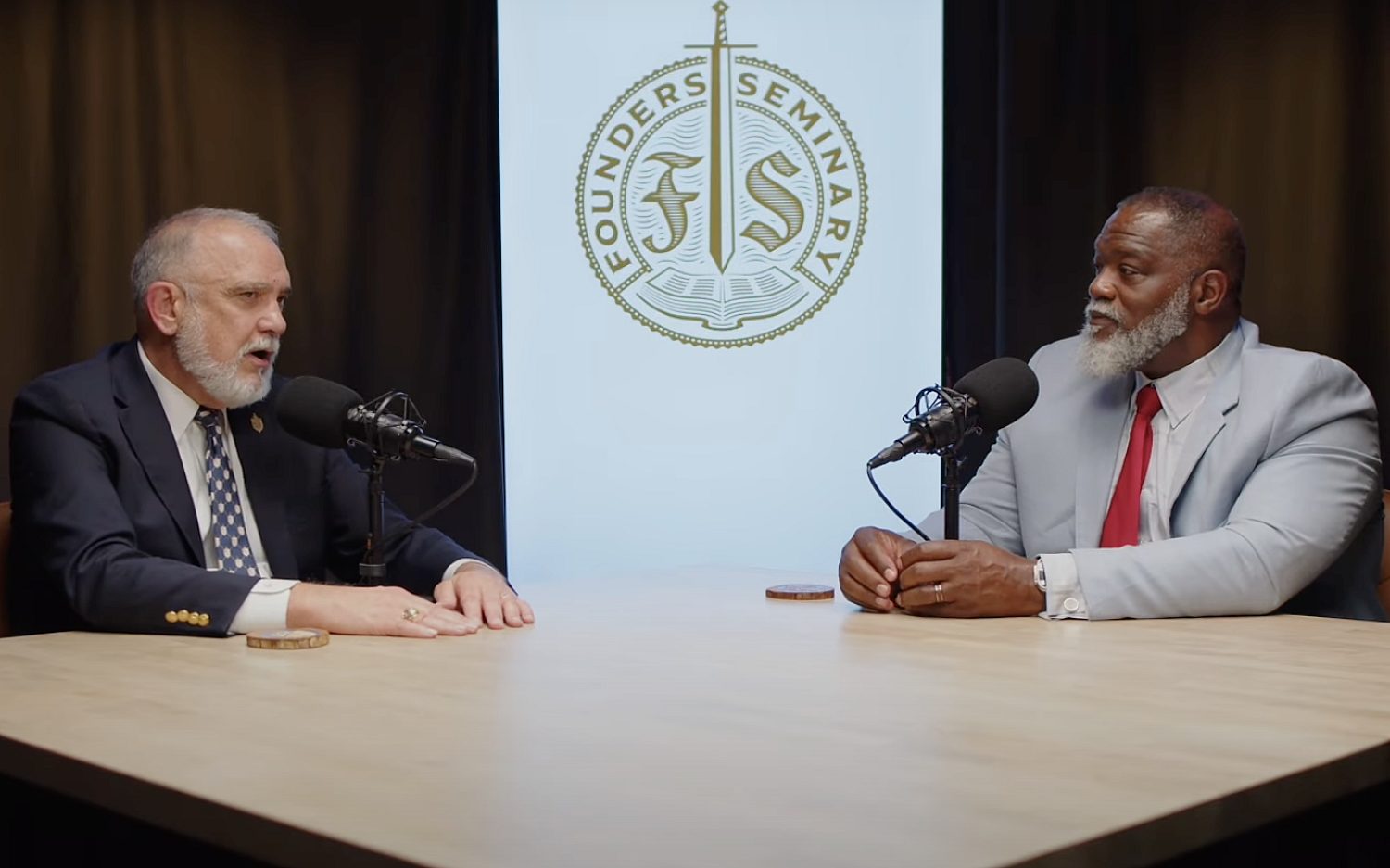New smartphone app will track fish from trawler to table
Can’t decide between cod or flounder for dinner? Soon there may be an app for that.
A group of scientists and fishermen say the new tool will allow consumers to learn the origins of a piece of fish while standing in the supermarket with a smartphone.
Gulf of Maine Research Institute in Portland, Maine, in cooperation with Maine Coast Fisherman’s Association, will develop the tool using a $175,000 federal government grant. Final release is about two years away and likely will take the form of a smartphone app, said Jen Levin, the institute’s sustainable seafood program manager.
The project will bring together data about the different pieces of the supply chain—catch, landing, auction, processing, and delivery—even allowing the buyer to see information about the fisherman.
The app initially will apply to seafood labeled through its sustainable seafood verification program, which includes popular New England staples such as cod and lobster pulled from the waters in and around the Gulf of Maine.
The fast-growing food traceability tech sector seeks to connect retailers, restaurants, and customers with their food’s origin and journey. The world market for food traceability technologies will reach $11.15 billion in 2015, an increase of more than a half-billion dollars from previous year, according to market research firm Visiongain.
This research targets Maine seafood, but if expanded, the app could have national appeal.
Vicki Harrison at Harbor House Seafood Market in Hatteras, N.C., believes everyone should know where their seafood comes from.
“Fish fraud is rampant,” she said. “It’s treated with chemicals and then shipped to the United States where it’s passed off as locally caught.”
She expects the app will be very helpful.
“Consumers are very educated, especially younger ones,” she said. “We rarely get anyone in here who isn’t concerned about where the fish was caught.”
As appealing as the technology seems to consumers, fishermen are less enthusiastic.
“Most fishermen don’t want to be involved in this kind of stuff,” said Ben Martens, executive director of the Maine Coast Fishermen's Association. “They want to go out into the water.”
The Associated Press contributed to this report.
An actual newsletter worth subscribing to instead of just a collection of links. —Adam
Sign up to receive The Sift email newsletter each weekday morning for the latest headlines from WORLD’s breaking news team.





Please wait while we load the latest comments...
Comments
Please register, subscribe, or log in to comment on this article.